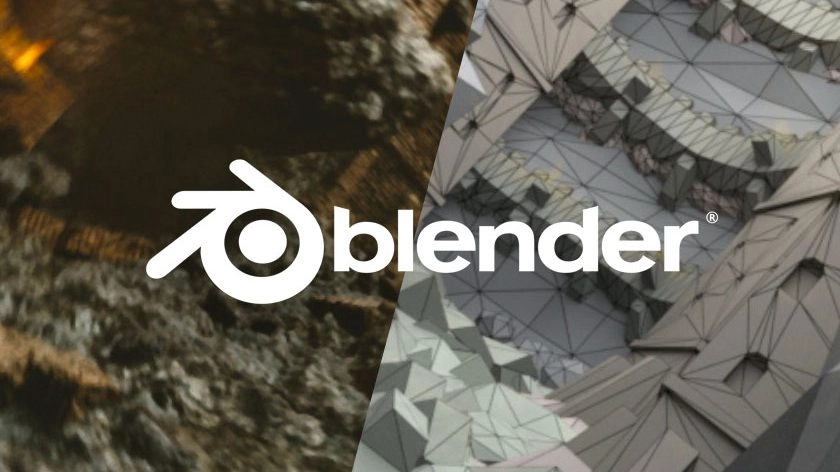Blender 4.3 has been released with a host of exciting updates, marked as a significant enhancement over the previous 4.2 LTS version. The latest stable release of this open-source 3D modeling software emphasizes performance improvements, tool enhancements, and introduces new functionalities that are expected to shape its future.
Key Changes for Linux Users
One of the standout features for Linux users is the experimental option to utilize the Vulkan rendering backend, which potentially enhances UI performance, particularly for older or integrated GPUs. While the Vulkan backend is currently slower than OpenGL, its experimental nature allows users to opt into testing and providing feedback.
To enable Vulkan in Blender 4.3:
- Go to Preferences > Interface and turn on Developer Extras.
- Navigate to System > Backend and select Vulkan (experimental).
- Restart Blender and set your desired GPU.
Vulkan support is available for:
- NVIDIA GTX 900 and newer (with official drivers)
- AMD RX 400 series and newer (with official drivers)
- Legacy AMD GPUs, along with Intel UHD, Iris, and Arc (with Mesa drivers)
In addition to Vulkan, Blender 4.3 introduces support for hardware-accelerated ray tracing through the open-source HIP-RT libraries from AMD, promising speedier rendering times for complex scenes that employ lighting, reflections, and shadows.
New Features in Blender 4.3
Blender 4.3 is packed with numerous updates, including:
- Multi-pass compositing support in EEVEE.
- Light & Shadow Linking functionality in EEVEE.
- A new Brush Management system that utilizes asset libraries.
- Enhancements to the Grease Pencil, which now features updated performance, new layer groups, and editing tools for fill gradients.
- Introduced nodes like the Metallic BSDF and Gabor Noise in the shader editor.
- Geometry Nodes have been expanded to incorporate Grease Pencil data.
For a visual overview of the improvements, users can view the official feature video.
Installation of Blender 4.3
Blender remains free and open-source, compatible with Windows, macOS, and Linux. Users can install older versions from the Ubuntu repository with sudo apt install blender, or to get the latest release, download it from the Snap Store or directly from the official Blender website.
The recommended system requirements for Blender on Linux include a distro with glibc 2.28 or newer, a quad-core CPU with SSE4.2 support, 8GB RAM, and a dedicated GPU with at least 2GB VRAM and support for OpenGL 4.3.
